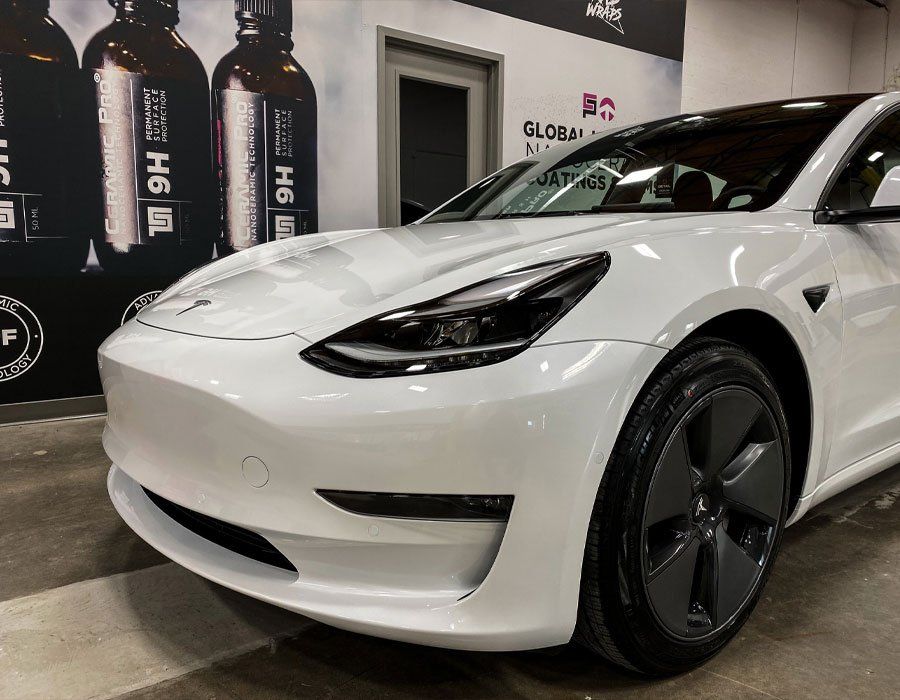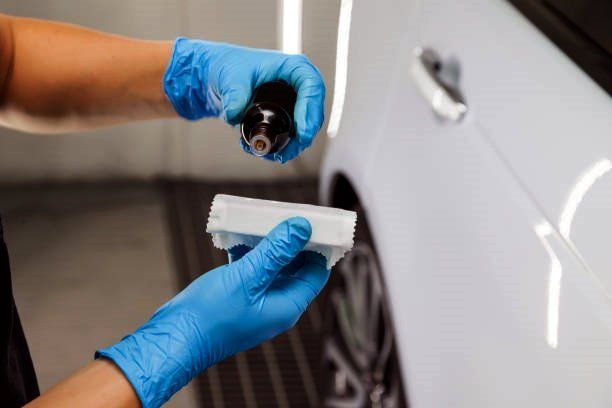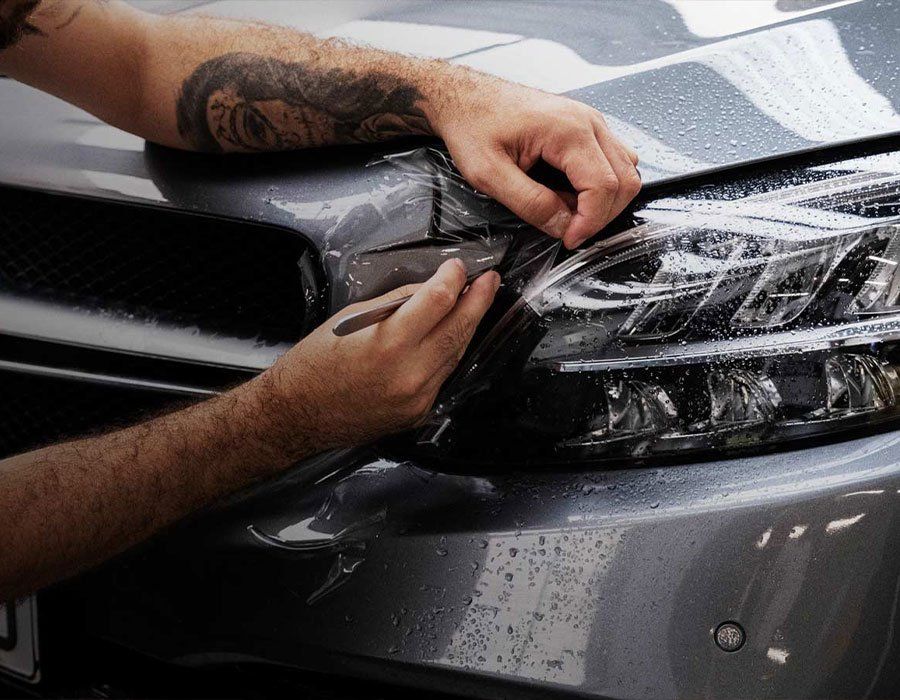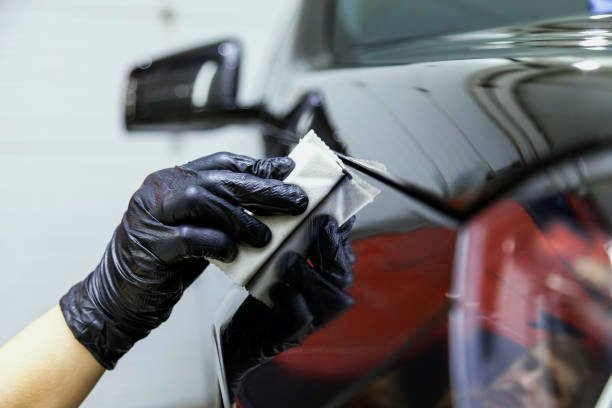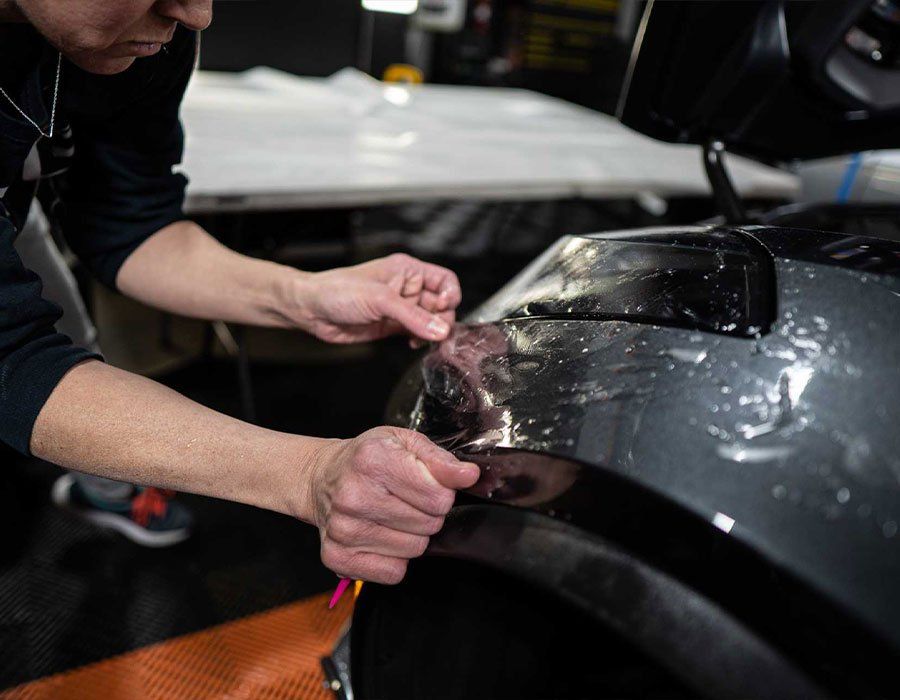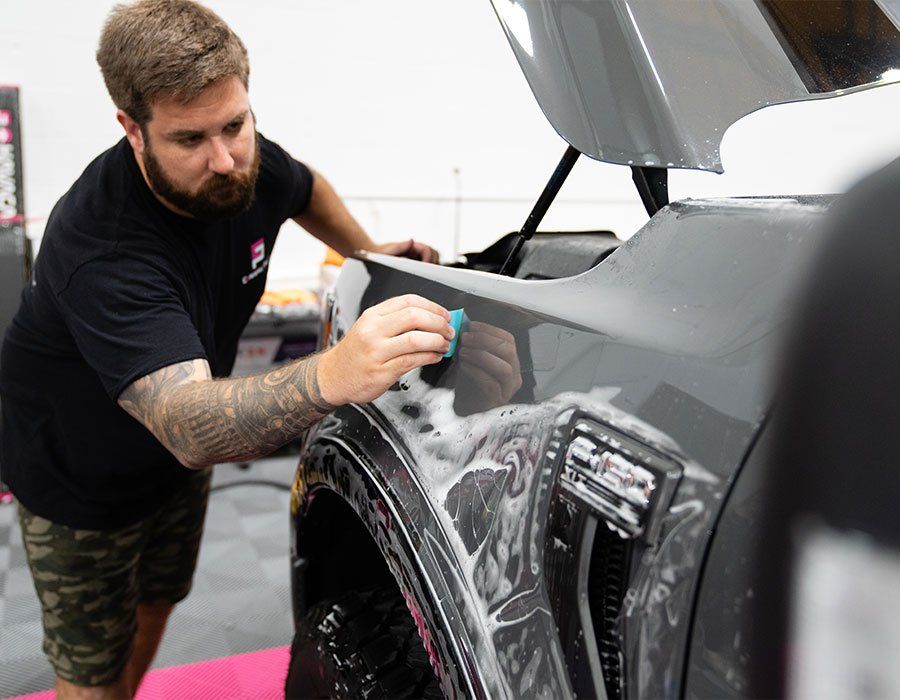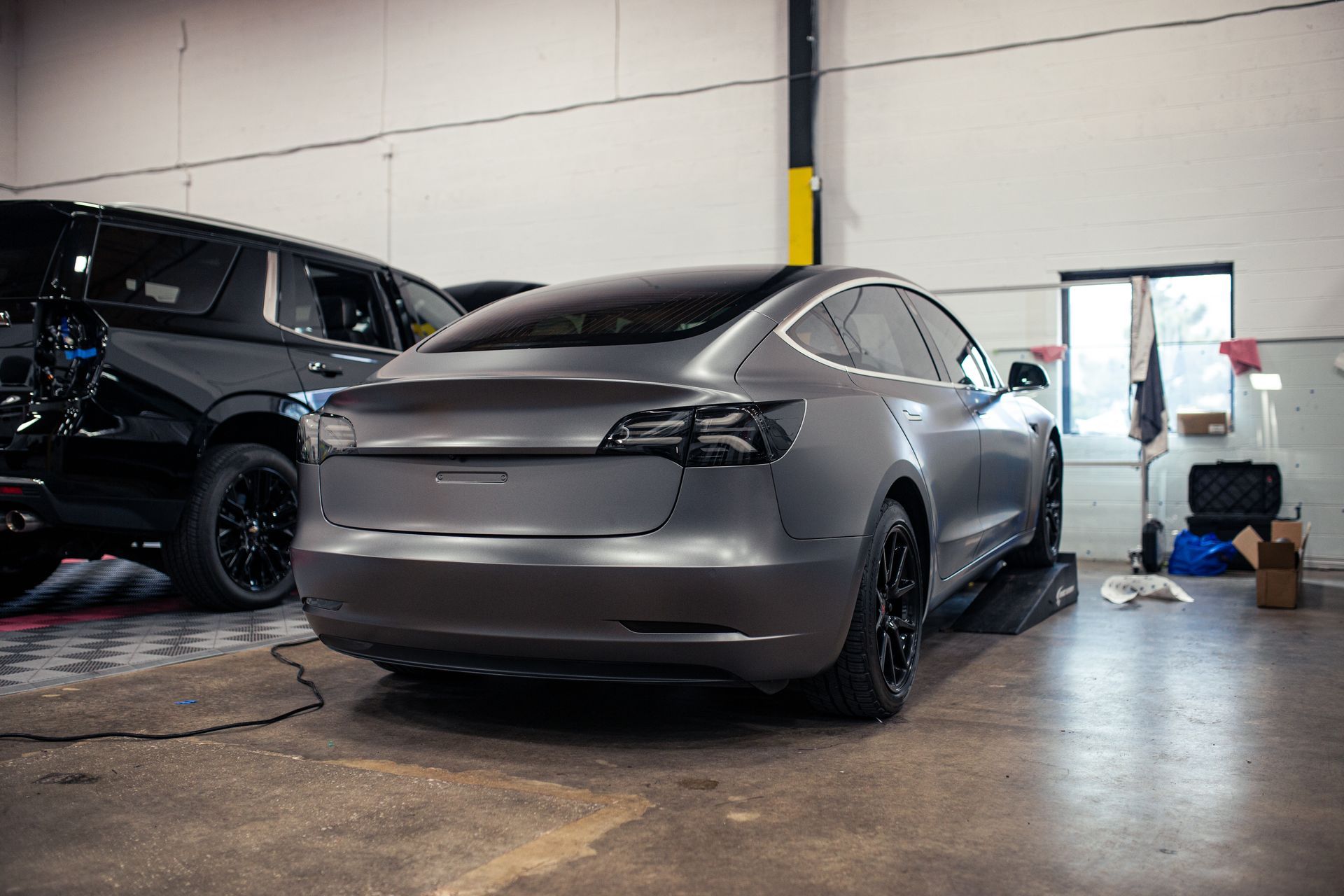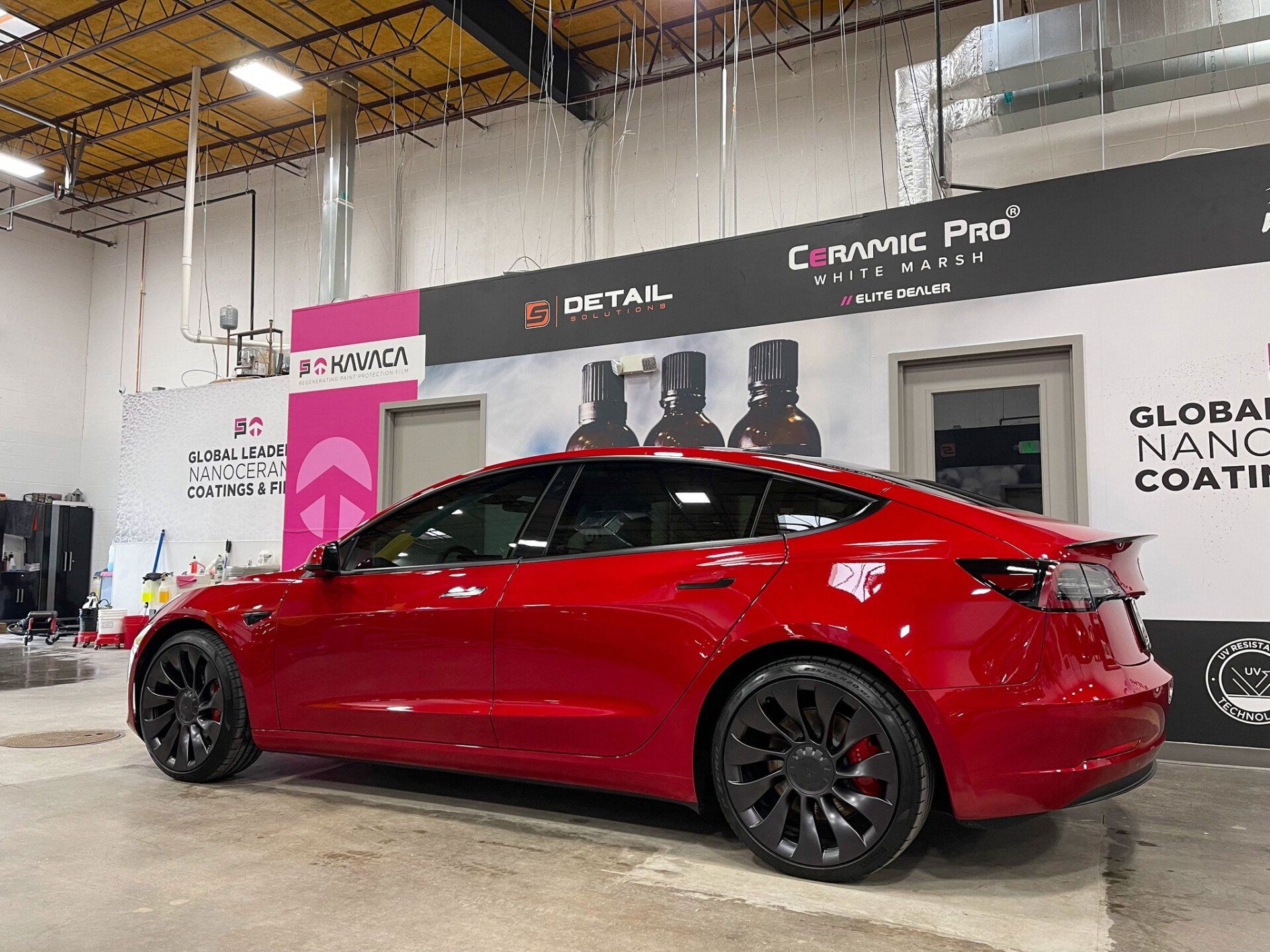Avoid These Hazards: The Dangers of DIY Ceramic Coating
DIY ceramic coating is not a risk-free task. Certain products used in this process contain volatile ingredients, known as VOCs, that can irritate your lungs if breathed in during application. Imagine applying a new coat to your car, unaware and excited, then ending up coughing, your eyes watering from the unexpected sting. That's not exactly the successful project you had in mind. This might make you think: maybe leaving it to professionals could be a safer bet. Let's delve into these risks further.
The dangers of DIY ceramic coating primarily stem from improper application, which can result in high spots, streaks, or a loss of hydrophobic qualities. It's crucial to thoroughly prepare the surface before application and follow the manufacturer's instructions precisely to avoid these issues. If in doubt, consulting with a professional detailer like Detail Solutions may be advisable to ensure optimal results.
Hazards of DIY Ceramic Coating
When it comes to do-it-yourself ceramic coating, it's essential to be aware of the potential health hazards involved. Despite the numerous benefits of ceramic coatings, there are certain risks associated with their application that cannot go unnoticed. Let's take a closer look at some of the primary hazards you might encounter when attempting the DIY approach to ceramic coating.
- Inhalation Risks: One of the key concerns with DIY ceramic coating is the potential for inhalation risks. Many ceramic coating products contain volatile organic compounds (VOCs), which can be harmful if inhaled during application. VOCs can evaporate into the air at room temperature and cause respiratory issues and irritation when breathed in. Chronic exposure to VOCs has been linked to long-term health effects such as damage to the liver, kidneys, and central nervous system. It’s important to note that proper ventilation is crucial when working with products containing VOCs. Ensuring that you work in a well-ventilated area can significantly reduce the risk of inhaling harmful fumes. Moreover, wearing a protective mask designed to filter out airborne particles and VOCs can provide an additional layer of defense against inhalation hazards. By taking these precautions, individuals can minimize their exposure and protect their respiratory health while applying ceramic coatings.
- Skin Contact Hazards: In addition to inhalation risks, direct skin contact with concentrated ceramic coating solutions can pose serious hazards. These solutions may contain chemicals that can lead to skin irritation or allergic reactions upon contact. This underscores the importance of utilizing proper protective gear, such as gloves and long-sleeved clothing, while handling ceramic coating products. Individuals should seek out specialized protective gloves designed to resist chemical exposure, as well as safety goggles to safeguard their eyes from accidental splashes or direct contact with harmful substances. By prioritizing these safety measures, individuals can significantly reduce the likelihood of adverse skin reactions while engaging in DIY ceramic coating applications.
Understanding these potential hazards associated with DIY ceramic coating underscores the critical importance of taking proactive safety measures to protect oneself against inhalation and skin contact risks during the application process.
Consequences of Improper Application
When it comes to DIY ceramic coating, mistakes occur more often than desired, with repercussions that could harm the overall look and performance of your vehicle’s paint job. One common problem is the result of an uneven coating application. This can lead to streaking, high spots, and cloudy reflections, particularly noticeable on cars with darker paint, taking away from the sleek finish you were aiming for and making the vehicle look less polished and professional. The loss of hydrophobic properties due to improper application can also be a frustrating outcome. When ceramic coatings are not applied correctly, they may not bond as intended and lose their water-repelling ability over time. This can result in compromised water beading and self-cleaning properties, making it more challenging to maintain the vehicle's appearance. Imagine going through all the effort of applying a ceramic coating to your car only to find out that instead of repelling water, it now just absorbs it like a sponge, completely negating one of the main benefits you were hoping to enjoy.
Reasons for Professional Ceramic Coating Assistance
When it comes to applying ceramic coatings, experienced detailers like Detail Solutions possess a wealth of knowledge and skills. They understand how to apply the coating evenly and effectively, ensuring that you receive the maximum protective and aesthetic benefits. It's not just about knowing where to apply the coating but also understanding the best ways to prepare your vehicle for the process. A professional ceramic coating expert is well-versed in prepping your car surface through decontamination methods like claying, polishing, and IPA (isopropyl alcohol) wipedowns. They know paint correction techniques that allow them to address any imperfections before applying the ceramic coating, resulting in a flawless finish.
Specialized tools play an essential role in achieving a successful ceramic coating application. Professionals have access to tools and equipment that are specifically designed for this purpose, ensuring that the coating is applied evenly and without any blemishes. Professionals use tools like infrared curing lamps to ensure that the coating is thoroughly and evenly cured, maximizing its durability and functionality. The extensive experience of professional detailers allows them to choose the right tools for each unique scenario, ensuring that the application process is tailored to your specific vehicle and its needs. With their expertise and access to specialized tools, professional detailers are well-equipped to ensure a flawlessly applied ceramic coating that provides optimal protection and a stunning finish.
The Risk of Car Damage
Improper ceramic coating application can lead to more than just an unsightly finish. When applied incorrectly, the coating may actually cause more harm than good. One of the most common issues arising from improper application is the need for paint correction. Imagine spending time and money applying what you thought was a protective layer to your car, only to find out that it resulted in visible blemishes and imperfections. This is a potential consequence of incorrectly applying ceramic coating—requiring meticulous paint correction, a time-consuming and costly step, especially if professional help becomes necessary. Let's say you're new to applying ceramic coatings and unwittingly lay it on too thickly or unevenly, leading to high spots, streaks, cloudy reflections, or hazing—this would mean spending extra time and effort trying to fix these imperfections. Moreover, the challenges don't end there. Improperly applied and cured ceramic coating can lead to another significant issue: difficult coating removal.
Difficult Coating Removal
Once a ceramic coating has been incorrectly applied and then cured onto your vehicle's surface, removing it becomes a far more complex task. Without the requisite expertise, attempting to remove a problematic ceramic coating can potentially lead to further damage to the vehicle's clear coat. If a coating is not adequately prepared before reapplication due to improper curing or application errors, the subsequent removal process will involve extensive cleaning of the exterior, fixing blemishes, and thorough paint correction. This may even require wet sanding and polishing—intensive processes that are best carried out by professionals experienced in safely handling such intricate tasks. Given these potential pitfalls, professional expertise offers the best chance of ensuring your vehicle receives the care and precision needed in both applying and removing ceramic coatings. Detail Solutions in Owings Mills, MD, provides comprehensive assistance, including recommendations based on individual needs, making them an excellent resource for addressing such concerns.
Results of Professional Ceramic Coating
When you invest in a professional ceramic coating application, you're not just adding another layer to your vehicle. You're enhancing its overall protection and aesthetic appeal. Here's what you can expect:
Enhanced Protection
Professional ceramic coating is like a force field for your car's paint. It shields your vehicle against environmental contaminants, UV rays, bird droppings, tree sap, and other harmful substances that can cause damage over time. This preservation of your vehicle's paint helps to maintain its pristine condition for an extended period, saving you from potential repainting or touch-up costs. Professional-grade ceramic coating offers adequate thickness and hardness, helping it act as a barrier between the environment and your car's paintwork. Additionally, the chemical resistance of these coatings provides unparalleled shielding against acidic compounds.
Aesthetic Appeal
The benefits of professional ceramic coatings go beyond protection; they also boost the visual allure of your vehicle. Once applied, the coating creates a lustrous, high-gloss finish that enhances the depth and clarity of your car's color. This improvement in visual appeal gives your vehicle a head-turning, showroom-quality appearance. Given the hydrophobic nature of ceramic coatings, they encourage water to bead and slide off effortlessly. This means that rainwater and other liquids are less likely to leave behind water spots or residue, keeping your vehicle looking clean and polished for longer periods of time between washes.
With enhanced protection against environmental elements and a remarkable aesthetic transformation, it's clear that professional ceramic coating ensures longevity while elevating the overall appearance of your beloved vehicle. The combination of superior protection and captivating aesthetics makes professional-grade ceramic coating a worthwhile investment for any car enthusiast seeking to preserve their vehicle's beauty and value.
Ceramic Coating Installation Services in Owings Mills, MD
Revel in automotive luxury with Detail Solutions, your trusted source for outstanding ceramic coating installation services in Owings Mills, MD. Our skilled team is committed to delivering a meticulous and enduring protective shield for your vehicle's finish. Experience the pinnacle of gloss and resilience as our premium ceramic coatings guard against environmental pollutants, UV rays, and daily wear. Choose Detail Solutions for unparalleled craftsmanship and a dedication to excellence in ceramic coating application. Transform your car's appearance and fortify its surface against the elements—schedule your outstanding ceramic coating service today or call us at (410) 238-3000 and let Detail Solutions redefine the brilliance of your ride in Owings Mills, MD!

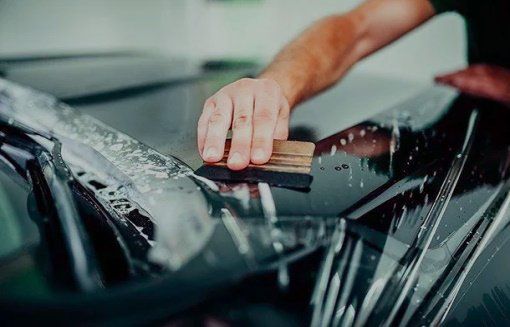
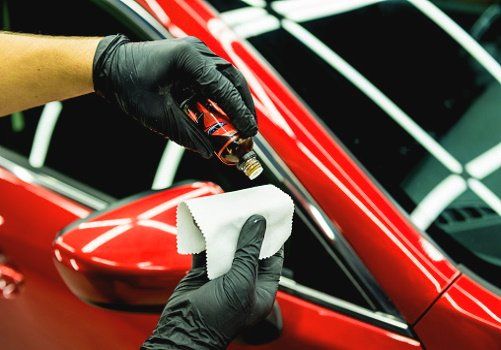
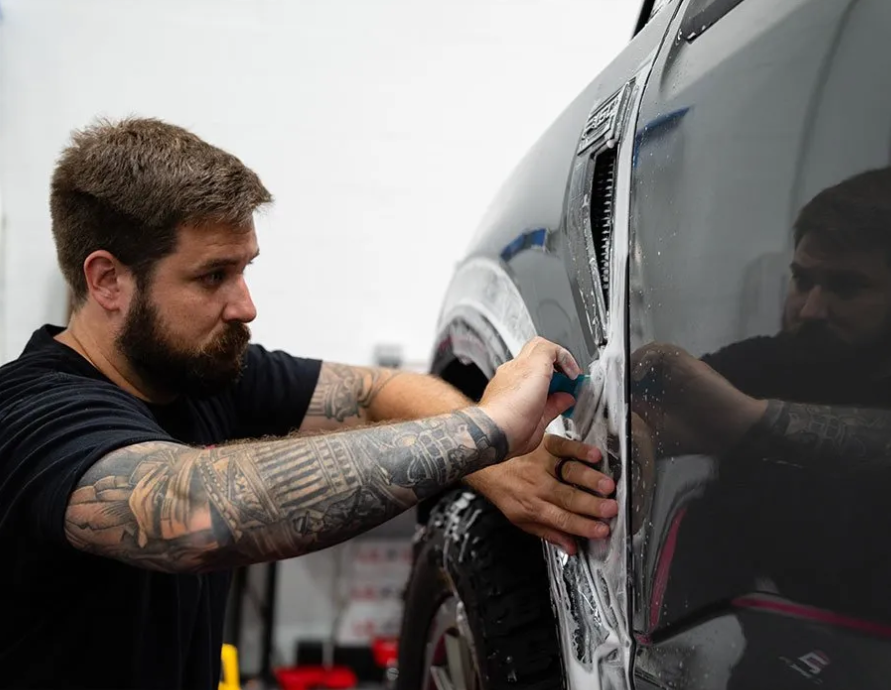
Locally owned and operated since 2011, Detail Solutions specializes in interior and exterior vehicle detailing, ceramic coatings, and paint protection film in the Baltimore area.
We also offer special pricing for Tesla owners along with free charging while being serviced on a Level 2 Tesla charger. Contact us today to inquire about any of our services including, wheel off cleaning, headlight restoration, vinyl wraps, chrome delete or a new vehicle service. So get in touch with us today to schedule a FREE estimate.
QUICK LINKS
OUR LOCATION
8967 Yellow Brick Rd, Rosedale, MD, United States
CONTACT US
SERVICE AREAS
BaltimoreDetail.com was designed by the team at Detailers Roadmap, a platform developed for detailing operators across the globe.
All Rights Reserved | 8bitcreative, LLC | Detail Solutions



